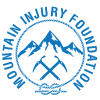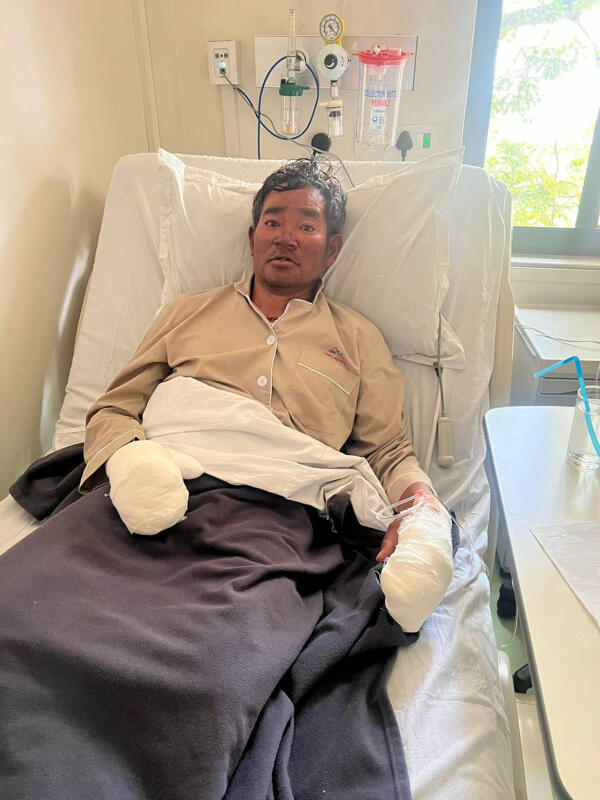Disability and Rehabilitation of the Sherpas
Through inclusive practices, accessibility enhancements, support systems, training programs, awareness, advocacy, and collaboration, one can overcome and contribute invaluable skills and knowledge
Sherpas are a group of people who are renowned for their incredible mountaineering skills and expertise. They are native to the Himalayan region and have a rich cultural history rooted in the mountains. Sherpas have been integral to the success of many mountaineering expeditions, providing logistical support, guiding, and carrying heavy loads. However, despite their impressive physical abilities, Sherpas are not immune to the risks and hazards of mountain climbing. Many Sherpas have sustained disabling injuries while working in the mountains.
The rugged terrain and unpredictable weather patterns of the Himalayas can pose significant challenges to even the most experienced mountaineers. Sherpas often have to navigate steep and treacherous terrain, carrying heavy loads of equipment and supplies. They may also have to face extreme weather conditions, including blizzards, high winds, and freezing temperatures. All of these factors increase the risk of accidents and injuries.
The injuries
The most common types of injuries sustained by Sherpas are frost bites, fractures, sprains, and strains. These injuries can occur due to falls, slips, or the strain of carrying heavy loads. Such injuries can be disabling and may require significant rehabilitation and recovery time.
Other injuries sustained by Sherpas could be altitude sickness. This condition occurs when individuals ascend too quickly to high altitudes without proper acclimatization. Altitude sickness can cause a range of symptoms, including headache, nausea, dizziness, and shortness of breath. In severe cases, it can even lead to cerebral or pulmonary oedema, which can be life-threatening.
Furthermore, Sherpas are often exposed to avalanches and other natural hazards while working in the mountains. Avalanches are a significant risk in mountainous regions, and even the most experienced mountaineers can be caught off guard. Sherpas may be injured or killed while guiding clients through avalanche-prone areas or while conducting rescue operations.
Despite the risks, Sherpas continue to work in the mountains due to the economic opportunities that mountaineering expeditions offer. Many Sherpas work as porters or guides for mountaineering teams, and the income from these jobs can be a significant source of support for their families. However, the hazards of working in the mountains can take a toll on Sherpas' physical and mental health, as well as their ability to work and earn a living.
Addressing the problem
To address the issue of disability among Sherpas, some organizations like MIF (Mountain Injury Foundation) have implemented initiatives to provide support and rehabilitation services to injured Sherpas. These are setup to provide medical care and physical therapy to Sherpas with disabilities. The centres also offer vocational training and job placement services to help injured Sherpas regain their independence and return to work.
To facilitate the inclusion of disabled Sherpas in mountaineering activities, it is crucial to establish robust support systems and training programs. These initiatives can provide resources, education, and skills development opportunities to empower disabled Sherpas and their communities.
Support systems may include specialized rehabilitation programs, physical therapy, and psychological counselling to assist disabled Sherpas in adapting to their disabilities, building strength, and enhancing their overall well-being. Peer support networks and mentorship programs can play a vital role in fostering a sense of community, inspiring confidence, and providing guidance based on shared experiences.
Training programs tailored to the needs of disabled Sherpas can focus on adaptive mountaineering techniques, safety protocols, and first aid practices. These programs can equip disabled Sherpas with the necessary skills and knowledge to navigate the mountains effectively, ensuring their safety and the safety of others in challenging terrains.
Increasing awareness about the capabilities, experiences, and contributions of disabled Sherpas is crucial for fostering a more inclusive and accepting mountain community. By sharing stories and highlighting the achievements of disabled Sherpas, we can challenge stereotypes, inspire others, and promote a culture of inclusivity.
Advocacy efforts should aim to address barriers and ensure equal opportunities for disabled Sherpas. This involves collaborating with mountaineering organizations, expedition teams, and government bodies to develop inclusive policies, guidelines, and standards. By incorporating universal design principles into mountain infrastructures and promoting accessibility as a fundamental aspect of outdoor activities, disabled Sherpas can participate more freely and safely.
Collaboration among various stakeholders, including disabled Sherpas themselves, disability rights organizations, mountaineering associations, and the tourism industry, is essential to drive systemic change and create a supportive environment. Together, these stakeholders can develop inclusive practices, share resources, and advocate for the rights and dignity of disabled Sherpas in the mountains.
Coming together
In conclusion, while Sherpas are renowned for their physical prowess and mountaineering skills, they are not immune to the risks and hazards of mountain climbing. Many Sherpas have suffered disabling injuries while working in the mountains, including altitude sickness, fractures, and injuries in falls or avalanches. Addressing the issue of disability among Sherpas requires a multifaceted approach that includes prevention, rehabilitation, and support for those who have been injured. By working together, mountaineering organizations, governments, and local communities can ensure that Sherpas can continue their important work while also maintaining their health and well-being.
It should also be noted that disabled Sherpas face unique challenges in their pursuit of mountaineering activities due to their disabilities. However, through inclusive practices, accessibility enhancements, support systems, training programs, awareness, advocacy, and collaboration, disabled Sherpas can overcome these challenges and contribute their invaluable skills and knowledge to the mountaineering community. We must recognize the resilience and determination of disabled Sherpas and work towards building a more inclusive and accepting mountain environment that fosters the participation of all individuals, regardless of their abilities. We can create a more equitable and empowering world for all by embracing diversity and promoting inclusivity.

